For a number of months now, we’ve been looking at various psychological devices used by marketers to influence buyer decisions – aka cognitive biases. If you’ve been following the entire series, you’ve now got a powerful set of strategies you can apply across your website and other resources to boost conversions and increase sales.
If you haven’t kept up with our entire series, don’t worry – we’ve got you covered. I this article, we’re going to quickly run through all nine of the of cognitive biases we’ve covered in this series and link you to each post offering more detail and examples on how to use them.
You’re welcome.
First, what are cognitive biases?
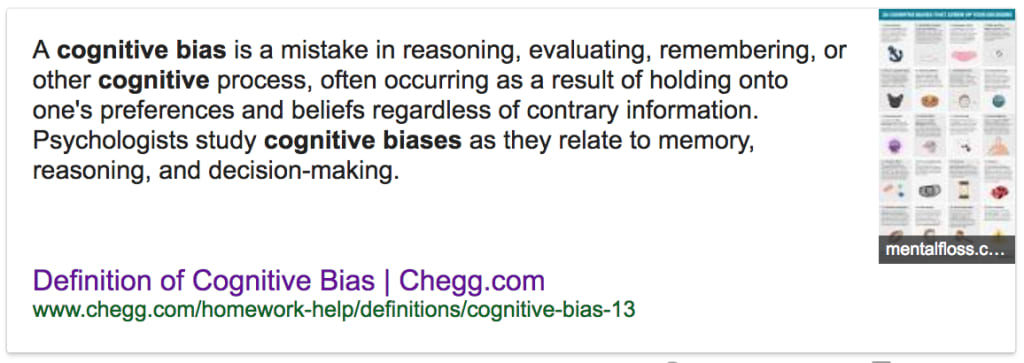
To answer this question, we’re going to borrow a nicely rounded definition from Chegg Study, suitably filed under its psychology definitions section:
“A cognitive bias is a mistake in reasoning, evaluating, remembering, or other cognitive process, often occurring as a result of holding onto one’s preferences and beliefs regardless of contrary information. Psychologists study cognitive biases as they relate to memory, reasoning, and decision-making.”
Psychologists and experts from various other fields have identified a wide range of cognitive biases and each of them influences our decision making in a different way. By using the psychological tools we’re looking at in this article, you can create more influential marketing messages and have a stronger impact on the buying choices your target audiences make.
#1: Confirmation bias
Confirmation bias is where people seek, interpret and remember information in a way that confirms their existing ideas. Essentially, people hear what they want to hear and no matter how impartial someone thinks they are, they’re going to favour information that supports what they already believe or want to be true.
Let’s say someone has just bought one of your products. They’ve decided to buy from you, handed over their precious cash and they want feel like it was money well spent. This is the post-sale period where customers want to justify their purchase – not only to get their money’s worth but also protect their ego from admitting they make a bad choice.
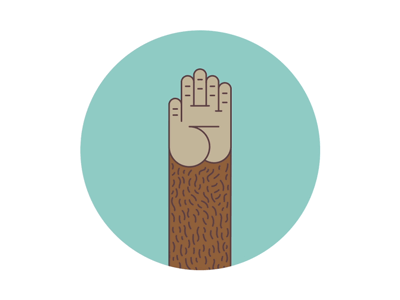
In other words, they want to confirm they made the right decision and MailChimp uses micro-interaction – like the famous chimp high five – to tell users they’re making things happen by using the platform. Which is precisely what users want to believe and MailChimp needs them to believe if they’re going to keep paying subscription fees.
To learn more about how you can use confirmation bias to enhance your marketing strategy, check out this article.
#2: Loss aversion
Loss aversion describes how we fear loss considerably more than we value gaining something of the same worth. For example, we’re more frustrated by losing £10 than we would be happy to find £10 in a jeans back pocket.
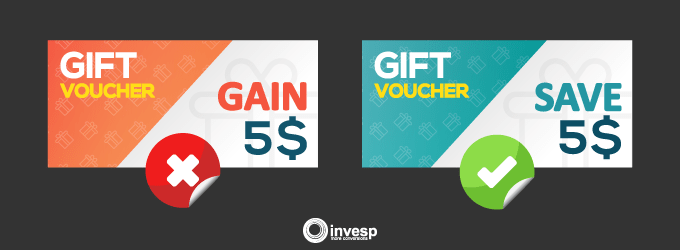
Source: Invespcro.com
The classic loss aversion tactic used by marketers is to give shoppers free coupons. Once you give people a $5-off voucher, they feel like they own that perceived saving. And, if you threaten to take that away, people automatically feel as if they’re losing something that’s rightfully theirs – even though there’s nothing to own.
The same thing happens when a free trial comes to an end. Users feel like they’re about to lose out on something they’ve spent the last month using, which makes it harder to give up. Thanks to loss aversion, you’re far more likely to turn free trials into paid subscriptions than converting users who’ve never used your software before.
Check out these seven examples of how to use loss aversion to boost conversion rates.
#3: Anchoring bias
Anchoring bias is where people place more significance on the first piece of information they receive. For example, the first review someone reads about a product will have more impact upon them than the second or third.
Likewise, the first price people see for a product will set the bar of expectation and you can use this to affect the way people respond to product pricing.
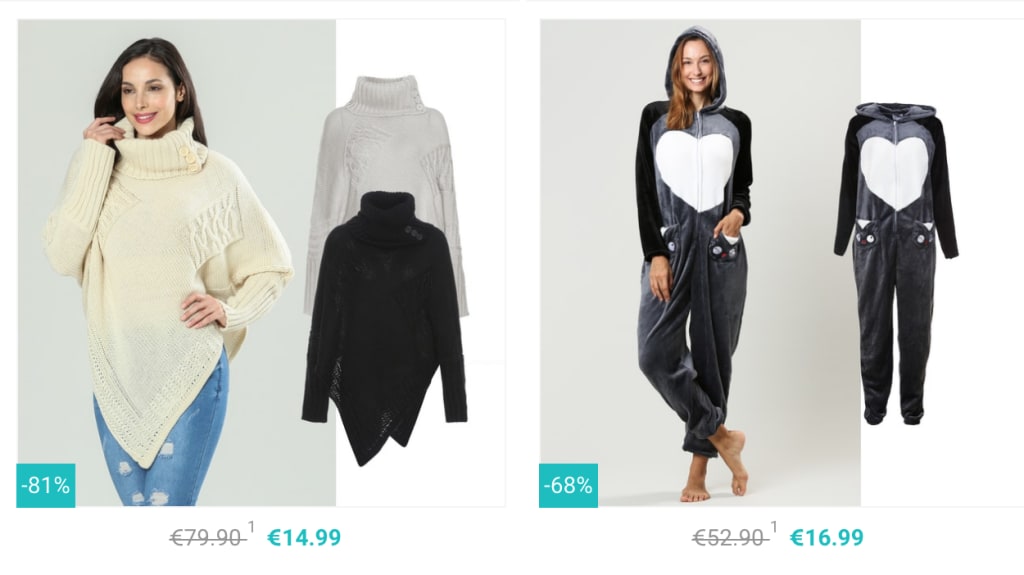
Show the RRP of a product that’s discounted in a sale and people automatically think they’re getting a bargain. Or show off your most expensive products first and the prices of your other products will instantly seem more reasonable than they would have by their own merit.
There are a bunch of other ways you can use anchoring bias to manipulate the way people respond to your pricing – and you can find them right here.
#4: The bandwagon effect
The bandwagon effect helps explain why people queue up for days to buy an iPhone they don’t need. Or why people sign up for pension plans when they could just as easily (and more securely) save that money for themselves. It also explains why the price of Bitcoin has soared and crashed in the space of one year.
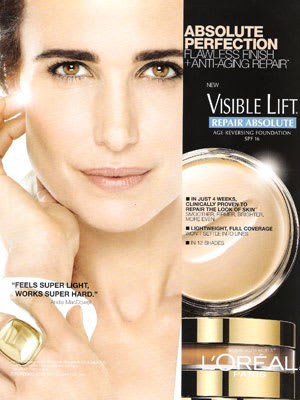
It’s all because of the bandwagon effect and this is the same reason brands spend huge amounts of money on celebrity faces to advertise their products.
When a consumer product becomes as fashionable as the iPhone, people buy it purely for the logo. When finance companies tell you every sensible person is paying into their futures, people sign on the dotted line. And when a few people get rich with a new investment opportunity, everyone wants a piece of the action.
As consumers, we’re all sheep and you can find out more about how to capitalise on this by using the bandwagon effect here.
#5: The mere exposure effect
Otherwise known as the familiarity principle, the mere exposure effect explains why people are more likely to buy from brands they know well. This is why it’s much easier for Adidas to sell running shoes than a new manufacturer, regardless of product quality. And this is why brands like Adidas pay big money to sponsor sporting events and manufacture kits for the most popular teams.
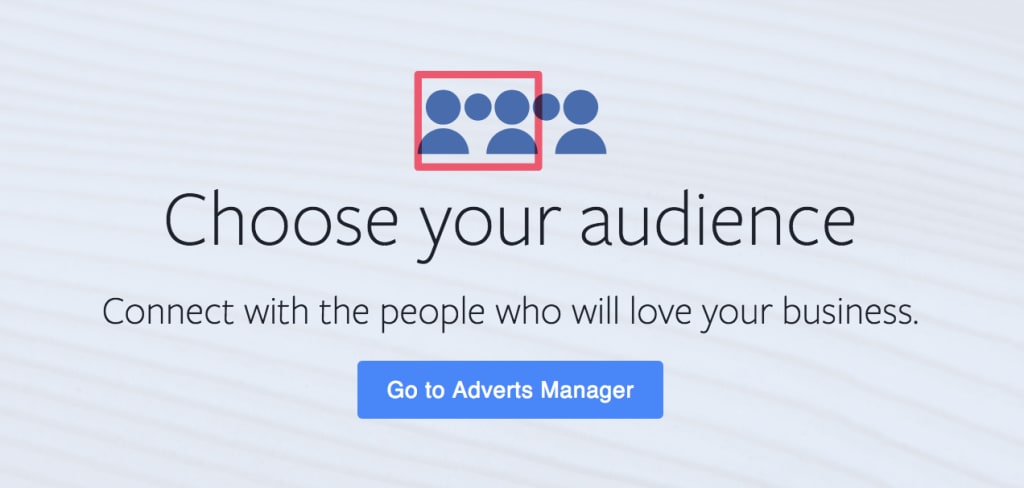
The mere exposure effect is a fundamental principle in advertising and you can learn how to use it by reading this article.
#6: The endowment effect
In 1991, a bunch of students were divided into two groups: the first group was given coffee mugs and the second group was given nothing. When the first group of students were asked what they would charge to sell their mugs, they gave a higher price than the second group who were asked how much they would pay to buy the same mug.
This is due to the endowment effect, where people place additional value on items they own.

A great example of this in action is Google giving away free cloud storage to people who buy certain devices. People get their free storage for two years but, once that time has passed, they have to give it up – or pay the usual rate. By this time, users have already assigned two years’ worth of ownership value to the storage, which is hard to give up.
Meanwhile, people who have never used Google Drive storage will value it much lower and be significantly less likely to convert.
For more examples of how to use the endowment effect, check out this blog post.
#7: Sunk cost bias
Sunk cost bias (or sunk cost fallacy) occurs when people invest time or effort into something. In most cases, people don’t want this time and effort to be wasted, which encourages them to persevere with something until their investment is justified.
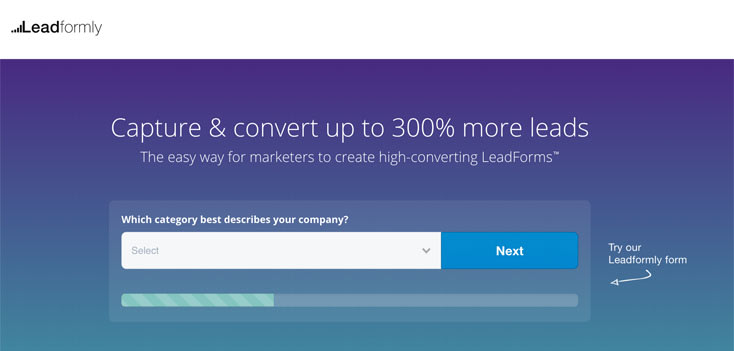
For example, studies have shown people are more likely to complete a web form if a progress indicator shows they’ve already made it so far. If they give up now, they’ve wasted their time for nothing. Likewise, if users have invested time in setting something up – like playlists on Spotify that can’t be transferred easily – they’re far less likely to stop using a platform.
Check out this article for more examples of how to use sunk cost bias to boost your marketing efforts.
#8: The halo effect
The halo effect is a cognitive bias where our first impressions influence the way we interpret further information about things or people. This is why a great company with a shoddy website will struggle to sell more online than a shoddy company with a great website.
As soon as people land on the page, they make a quick decision about each brand which defines everything else they learn about them.
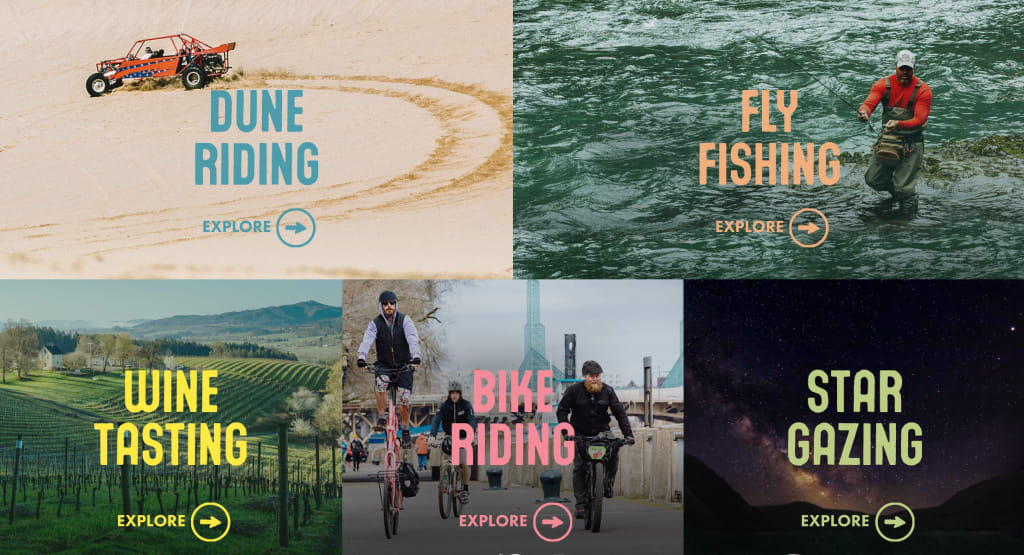
Traveloregan.com crafts it opening message to a very niche kind of visitor
This is also why it’s so important to nail the first marketing message users see when they discover your brand for the first time. Because this has a huge influence on how they’ll see your brand in every interaction that follows – and don’t be afraid to target specific niches.
Want to know more about the halo effect? Here you go.
#9: The serial position effect
The serial position effect explains how people interpret the first and last pieces of info in a list as being more important and remember them more clearly. This is a hugely important cognitive bias that can help you decide how to order information on your web pages, design more effective navigation menus and create entire sales funnels.
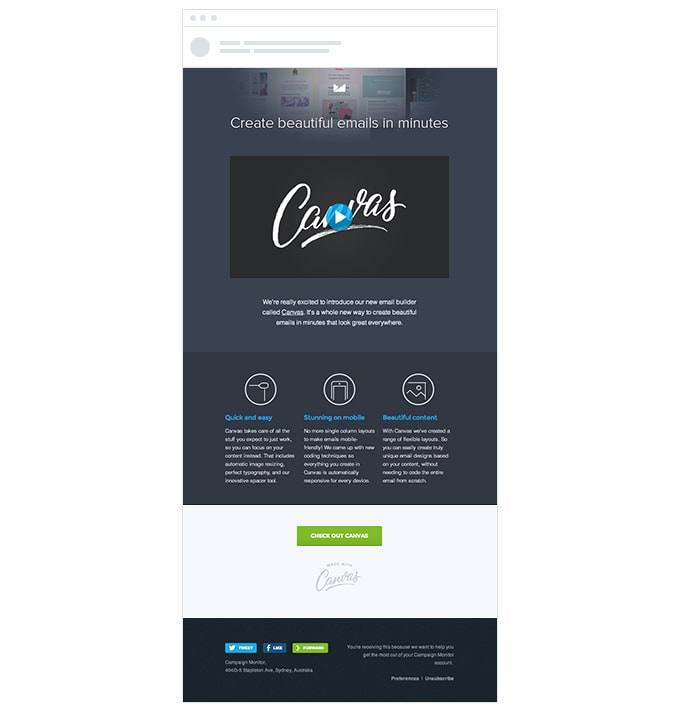
In any scenario where you have multiple pieces of information to get across, you want to think about the serial position effect and how to apply it to your content/designs. Once again, you can find out more about how to do this by checking out this blog post.
Be influential
Great marketing campaigns don’t convert people by accident; they guide users through a decision-making process with decisive messaging. It’s not about deceiving people or tricking them into buying something. It’s about understanding how people’s minds work and presenting your brand in the most effective way – something that’s increasingly difficult in a competitive online market.
The cognitive biases we’ve looked at today aren’t only techniques you can use to boost conversion rates and increase sales. You can also use them to create better user experiences, retain more of your customers and ensure they’re happy to keep doing business with your brand.




